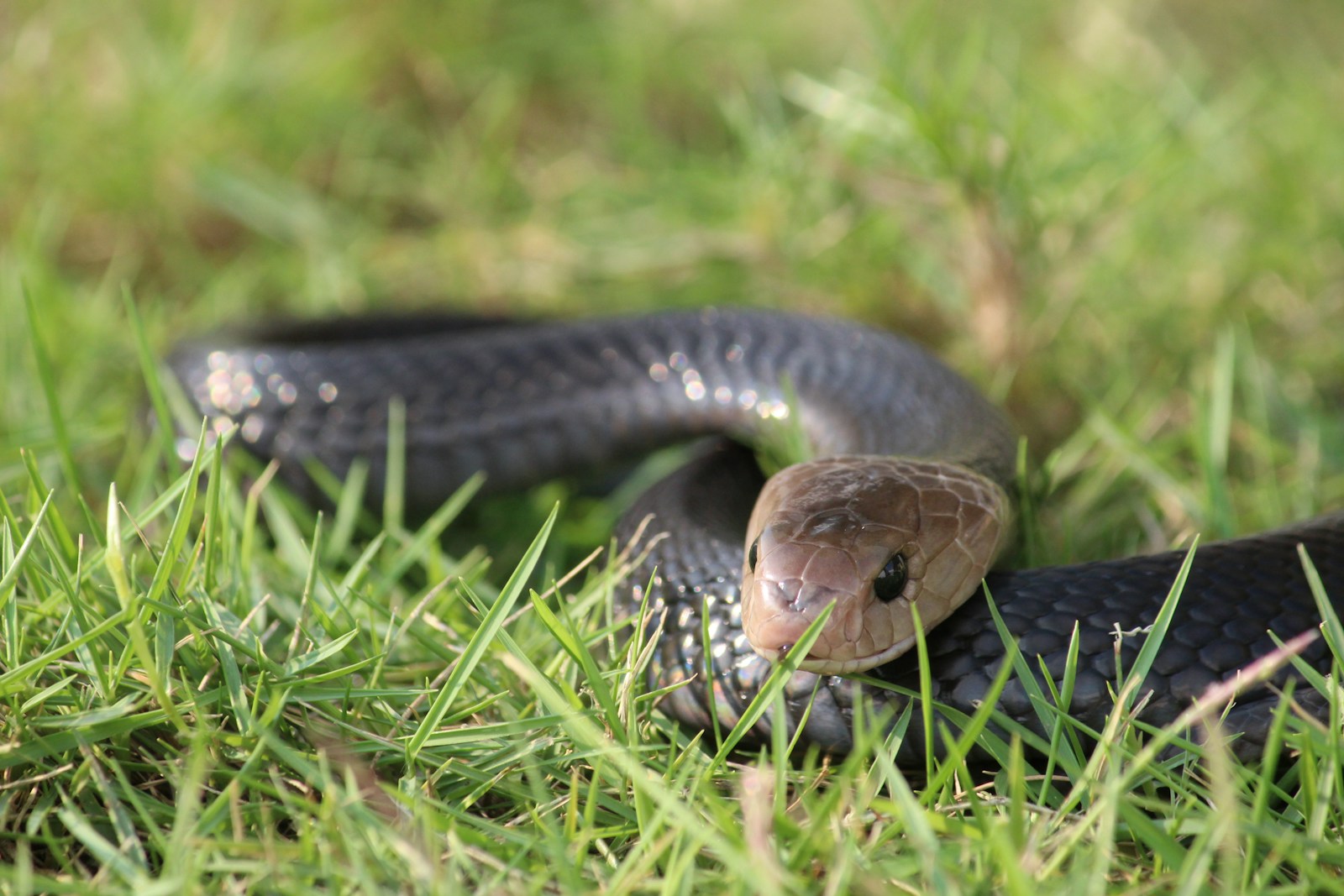Snakes have fascinated and mystified humans for millennia. These legless reptiles, with their unique anatomy and often secretive lifestyles, continue to perplex even the most dedicated herpetologists. Despite centuries of scientific study, snakes still exhibit behaviors that researchers struggle to fully explain. From complex reproductive rituals to seemingly contradictory social patterns, these slithering enigmas challenge our understanding of reptilian cognition and behavior. In this exploration of serpentine mysteries, we’ll delve into six snake behaviors that continue to confound the scientific community, revealing just how much we still have to learn about these remarkable creatures.
Collective Hunting Strategies That Defy Reptilian Stereotypes
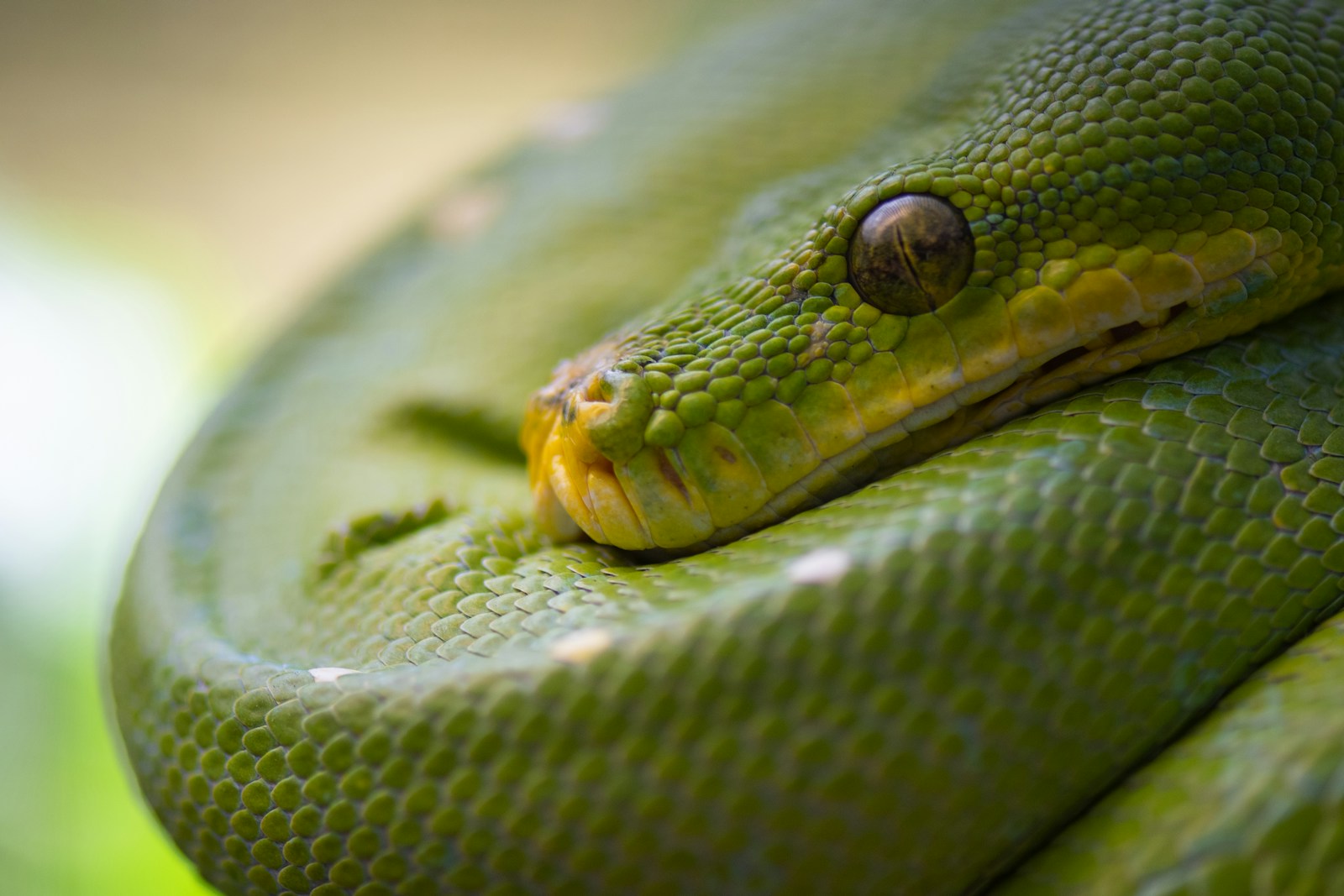
For decades, scientists held firm to the belief that snakes were strictly solitary hunters, but recent observations have dramatically challenged this assumption. The Cuban boa (Chilabothrus angulifer) has been documented engaging in coordinated hunting behavior in the caves of Cuba, where multiple individuals position themselves at cave entrances to capture bats. Researchers were stunned to discover that these snakes appear to communicate and coordinate their positions to maximize hunting success, creating living traps that significantly improve capture rates. This level of cooperative behavior was previously thought impossible in reptiles, which lack the complex social structures seen in mammals. The mechanism behind this coordination remains poorly understood, with scientists debating whether it represents true cooperation or simply an emergent property of individual hunting attempts.
Mysterious Death-Feigning Behaviors
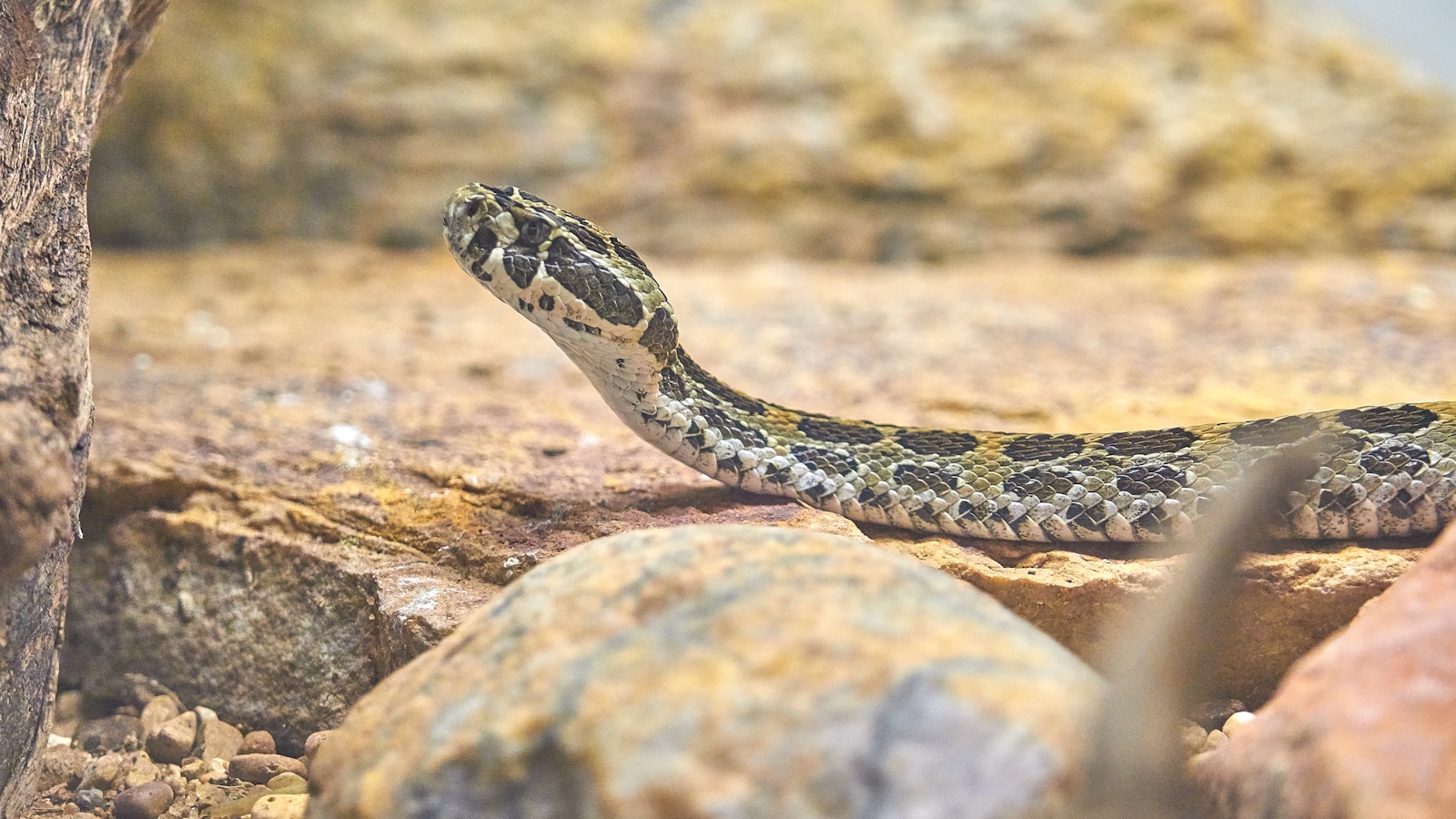
Several snake species, most famously the North American hognose snake (Heterodon platirhinos), exhibit elaborate death-feigning behaviors that continue to perplex researchers. When threatened, these snakes will roll onto their backs, open their mouths, let their tongues hang out, and even emit foul-smelling musk to mimic decomposition. What confuses scientists is the extreme theatrical nature of this performance, which goes far beyond simple immobility. Even more puzzling is how this behavior persists despite making the snake completely vulnerable for extended periods. Evolutionary biologists struggle to explain why natural selection would favor such an extreme response that leaves the animal defenseless, particularly when the snake will sometimes maintain this “death pose” for hours, even when the threat has long passed. Research into the neurological triggers and evolutionary advantages of this behavior continues, with no definitive answers yet established.
Synchronized Reproductive Events
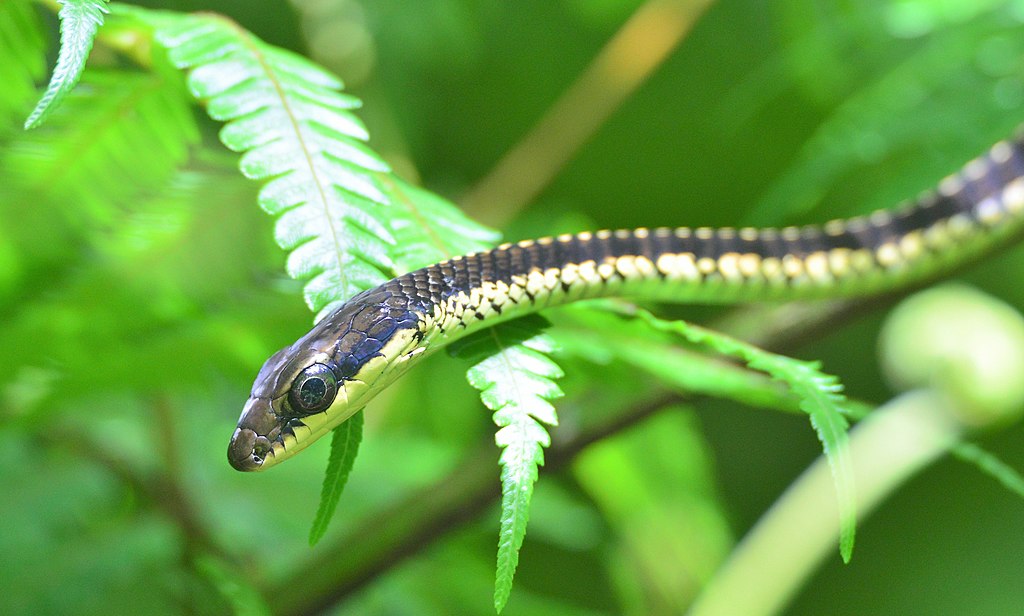
In certain snake species, particularly some vipers and pit vipers, scientists have observed mass reproductive events that occur with puzzling synchronicity across wide geographic areas. Female timber rattlesnakes (Crotalus horridus) in some regions will give birth within days of each other, despite being separated by significant distances and having no apparent means of communication. This phenomenon suggests an unknown environmental trigger or biological timing mechanism that researchers have yet to identify conclusively. Adding to the mystery, these synchronized birthing events often occur during specific moon phases or after particular weather patterns, suggesting complex environmental cues at work. The evolutionary advantage of such synchronicity remains debated, with theories ranging from predator satiation strategies to optimizing offspring survival in unpredictable environments.
Complex Social Recognition Abilities

Contrary to the longstanding belief that snakes lack social complexity, emerging research has revealed that many species can recognize and preferentially associate with specific individuals, particularly relatives. Garter snakes (Thamnophis spp.) have demonstrated the ability to recognize siblings even after long periods of separation, suggesting sophisticated chemical recognition systems previously thought beyond reptilian capabilities. What perplexes scientists is how this social recognition persists despite snakes having relatively simple brain structures compared to mammals. Even more confounding, some species like timber rattlesnakes form winter denning aggregations year after year with the same individuals, suggesting long-term social memory. This apparent contradiction between brain structure and behavioral complexity has led to ongoing debates about how we define and measure cognition across different animal groups.
Thermally-Triggered Color Changes
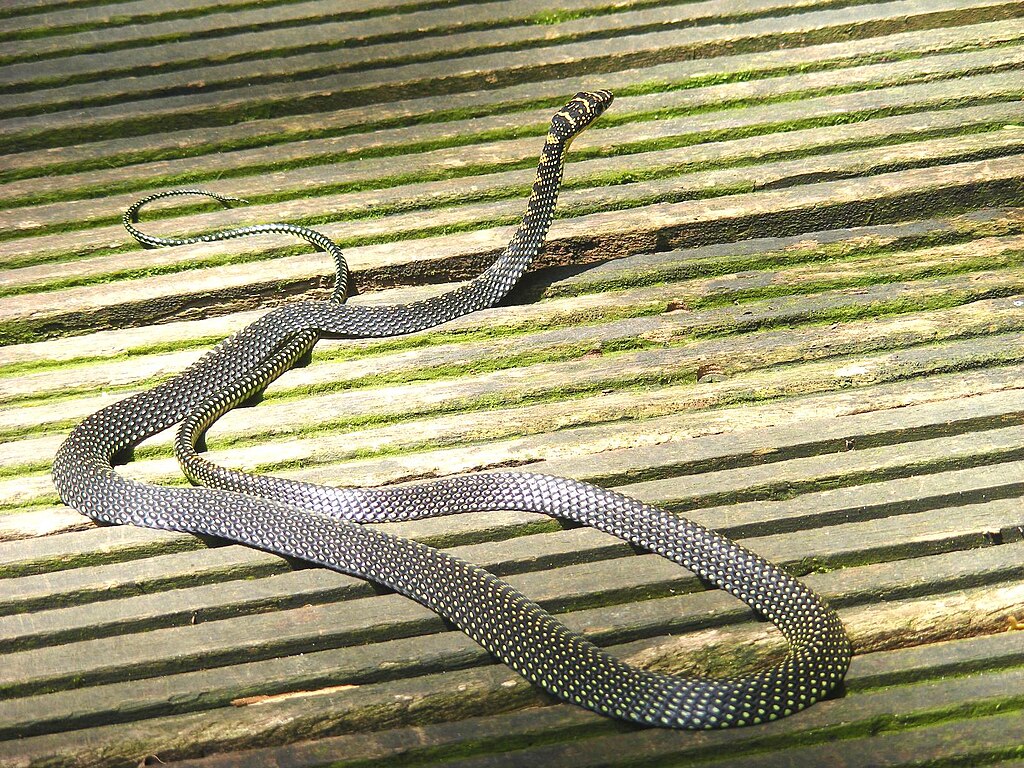
Several python species, including the Burmese python (Python bivittatus), exhibit dramatic color changes that occur in response to temperature fluctuations, a phenomenon that remains incompletely understood despite extensive study. Unlike the well-documented color changes in chameleons, which involve specialized chromatophore cells, the mechanism behind python color shifts appears to involve structural changes in the skin’s architecture that scientists struggle to explain fully. These changes don’t simply lighten or darken the snake but can alter pattern definition and iridescence in ways that seem to exceed the requirements for simple thermoregulation. Further complicating matters, the color changes sometimes persist long after body temperature has stabilized, suggesting additional biological factors at work. Researchers speculate these changes may serve multiple purposes beyond thermoregulation, possibly including camouflage optimization and social signaling, though definitive evidence remains elusive.
Inexplicable Navigation Abilities
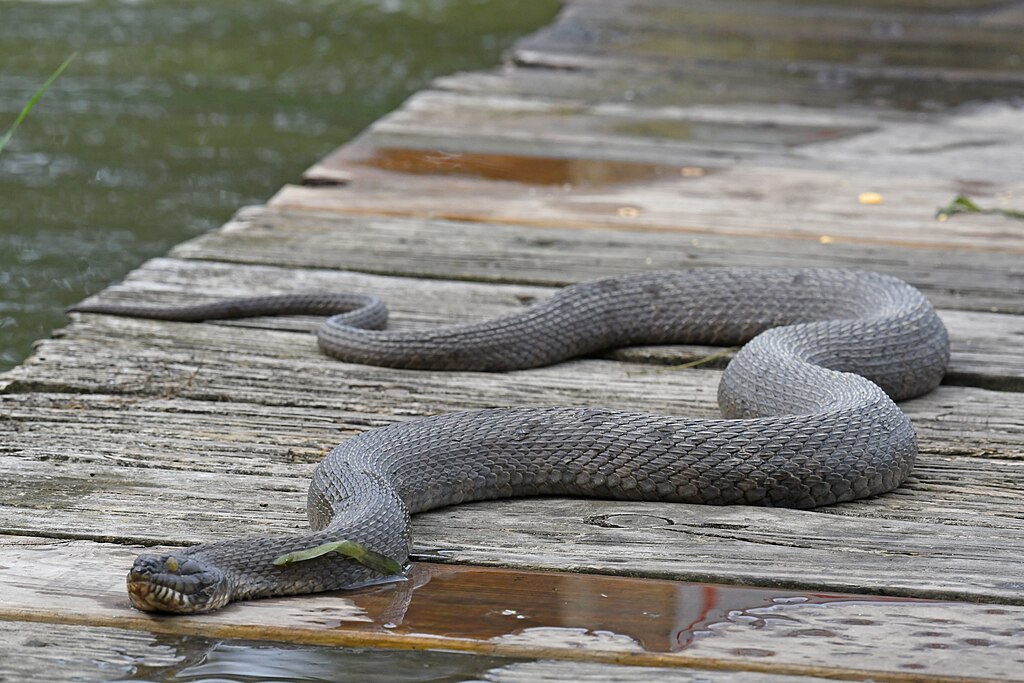
Perhaps one of the most baffling snake behaviors involves their remarkable homing and navigation abilities, which scientists have struggled to explain mechanistically. Studies tracking displaced timber rattlesnakes have shown they can return to their original locations over distances exceeding 5 kilometers through unfamiliar terrain, despite lacking the obvious navigational tools of migratory birds or sea turtles. Even more perplexing, sea snakes like the olive sea snake (Aipysurus laevis) navigate complex reef environments and return to specific resting sites with astonishing precision. Scientists have proposed various hypotheses including magnetic field detection, celestial navigation, and chemical trail following, but none fully account for the accuracy observed in field studies. The possibility that snakes may integrate multiple sensory inputs in ways we don’t yet understand has led to new research directions in sensory biology and spatial cognition.
The Enigma of Snake Intelligence
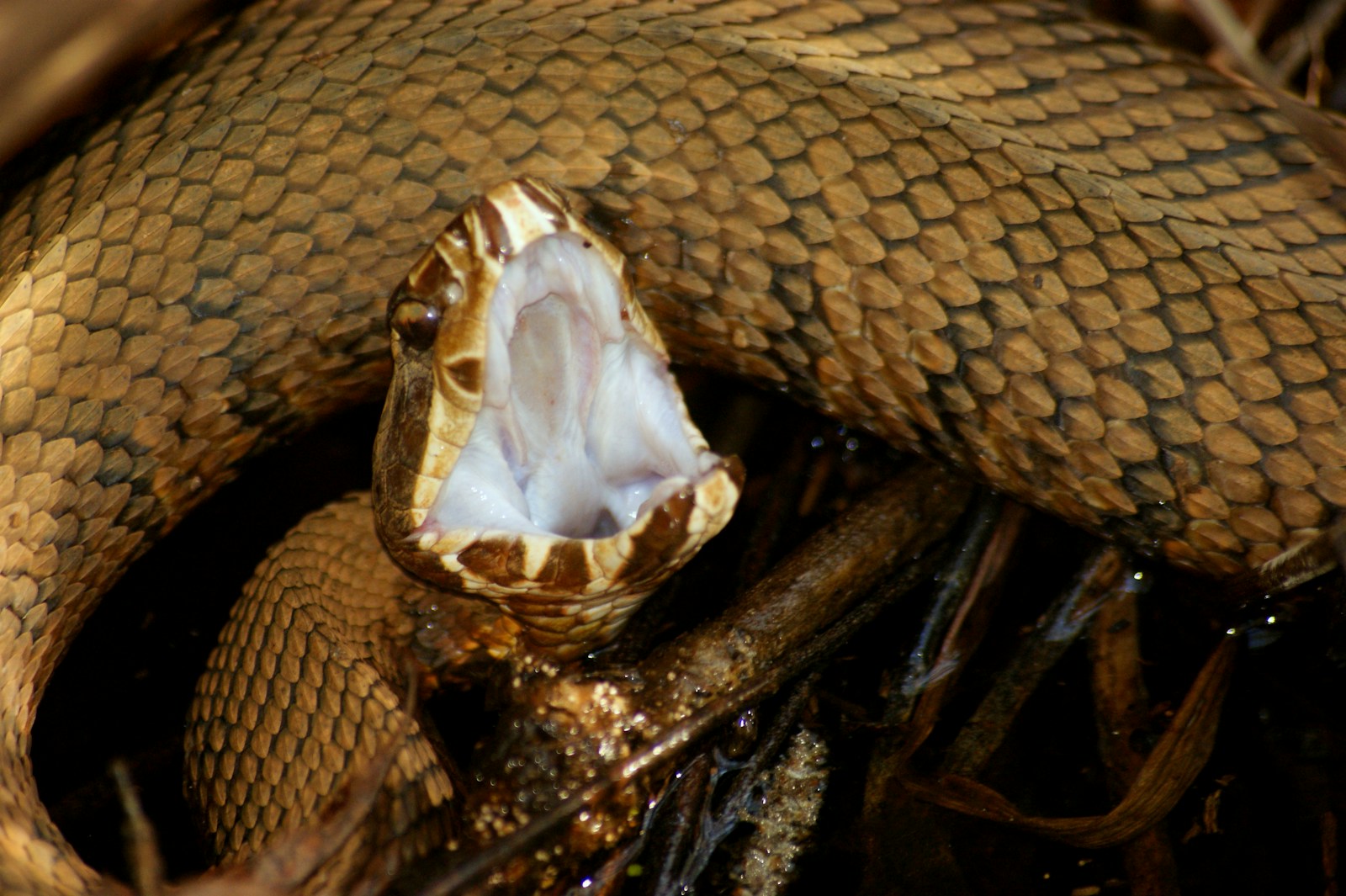
The cognitive abilities of snakes represent one of the most significant challenges to traditional views of reptilian intelligence. Despite having brain structures that appear relatively simple compared to mammals or birds, snakes exhibit problem-solving abilities that continue to surprise researchers. Corn snakes (Pantherophis guttatus) have demonstrated the ability to learn mazes and remember solutions for months, while king cobras (Ophiophagus hannah) show remarkable spatial memory when navigating their territories. These observations contradict the longstanding assumption that complex cognition requires the enlarged cerebral cortex seen in mammals. Some scientists now propose that snake brains may process information through fundamentally different neural pathways that our mammal-centric research approaches have failed to identify. This possibility has prompted calls for completely new methodologies in studying reptilian cognition that don’t rely on mammalian models.
Communal Denning Behaviors

The communal denning behavior observed in many temperate-zone snakes presents another behavioral puzzle that continues to intrigue herpetologists. Species like the red-sided garter snake (Thamnophis sirtalis parietalis) form enormous aggregations of thousands of individuals in shared winter dens, sometimes traveling many kilometers to reach these specific sites. What confuses scientists is how naive juvenile snakes, with no previous experience, can locate these traditional denning sites without guidance from adults. Even more perplexing is the high degree of den fidelity, with individuals returning to the same specific den year after year despite passing numerous seemingly suitable alternatives. Research into these migration patterns has revealed complex interactions between genetic programming, chemical trailing, and possibly geomagnetic sensitivity, though a complete understanding of the mechanisms remains elusive.
Voluntary Food Abstinence

While many snakes naturally experience seasonal fasting periods, some species exhibit voluntary food refusal that extends far beyond what ecological or physiological factors would predict. Ball pythons (Python regius) are notorious for engaging in extended fasting periods of up to 18 months, even when presented with ideal prey items in captivity and showing no signs of illness. What perplexes researchers is that these fasting periods often occur when all environmental conditions appear optimal for feeding and normal metabolism. Even more mysteriously, these same individuals will sometimes abruptly resume normal feeding patterns without any apparent change in their environment or physiology. Some scientists have proposed that these extended fasts may relate to cryptic breeding cycles or represent an evolutionary adaptation to extreme resource unpredictability in ancestral environments, though neither explanation fully accounts for the observed patterns.
Perplexing Venom Composition Variations
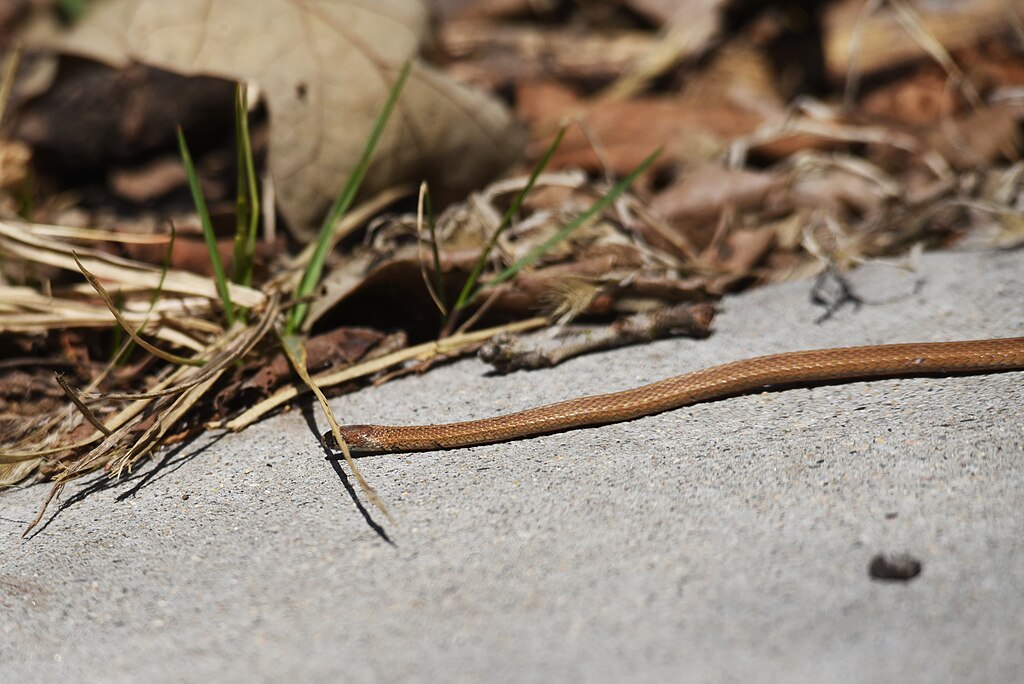
The extreme variability in snake venom composition, even within a single species, represents one of the most confounding aspects of snake biology. Individual timber rattlesnakes from the same population can produce venoms with dramatically different compositions and toxicity profiles, a phenomenon called venom ontogeny. What baffles scientists is that these differences cannot be fully explained by age, diet, or habitat differences. Even more puzzling, some individuals appear to be able to alter their venom composition over relatively short time periods, suggesting a level of physiological control over venom production that wasn’t thought possible. This variability creates significant challenges for antivenom production and raises fundamental questions about the evolutionary pressures driving venom development. Some researchers now propose that this variability itself may be adaptive, creating an evolutionary “moving target” that prevents prey species from developing specific resistances.
Unexplained Sensing Abilities
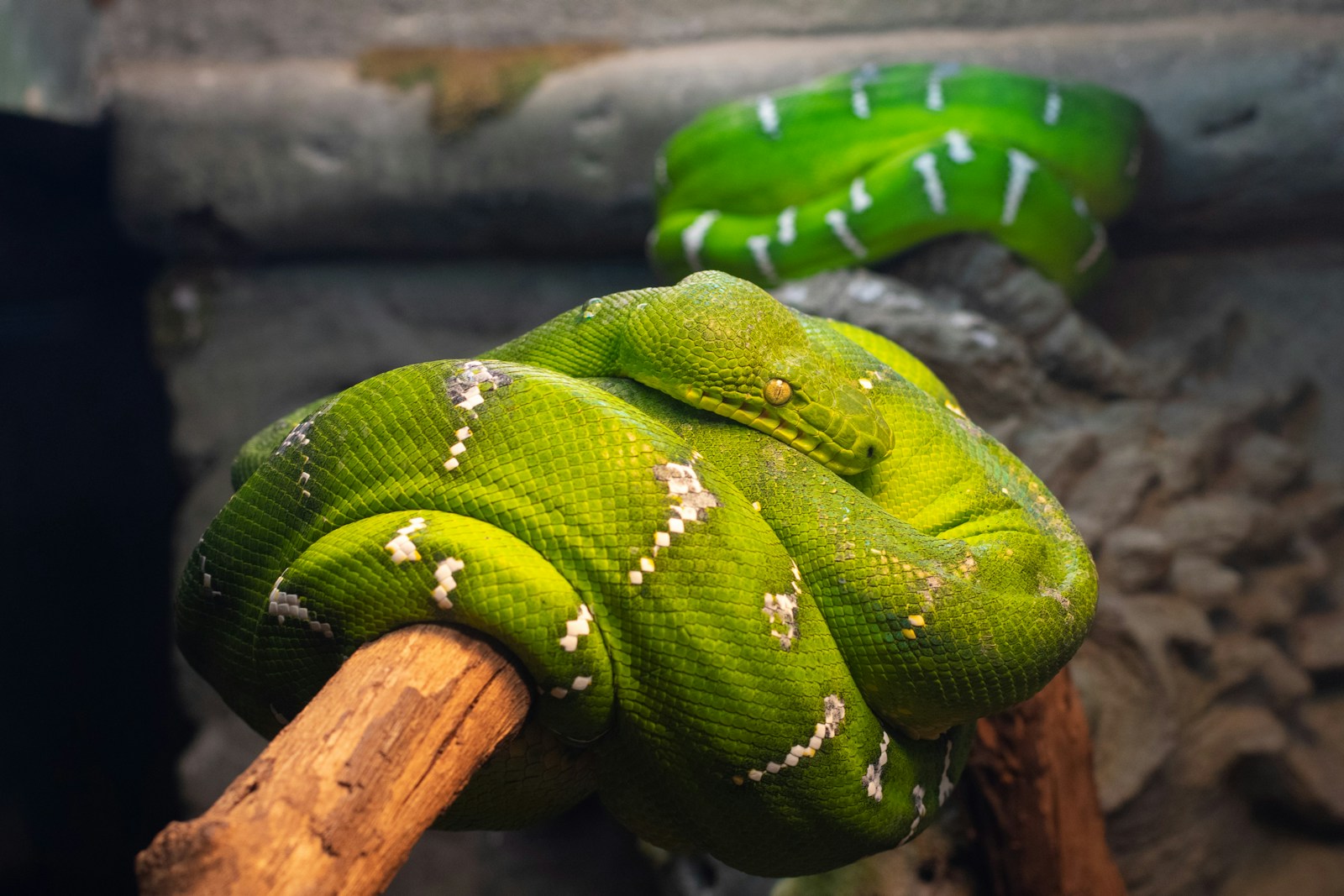
Snakes possess sensory capabilities that extend far beyond the traditional five senses, with some abilities that continue to defy complete scientific explanation. Pit vipers can detect temperature differences as small as 0.001°C through their facial pits, a level of sensitivity that exceeds what current models of thermoreception can explain. Perhaps even more mysterious is the ability of some snake species to detect approaching storms or seismic events hours before they occur, a phenomenon repeatedly observed by both indigenous knowledge systems and field researchers. Following the 2004 Indian Ocean tsunami, numerous reports emerged of snakes moving to higher ground hours before the wave hit, suggesting sensitivity to subtle environmental cues that humans can’t detect. While scientists have proposed various mechanisms including barometric pressure sensitivity and detection of infrasound waves, the precise sensory pathways remain poorly understood.
Conclusion: The Continuing Mystery of Snake Behavior

As our scientific understanding of animal behavior advances, snakes continue to challenge our assumptions and reveal surprising complexities. The six behaviors examined here represent just a fraction of the mysteries these fascinating reptiles present to researchers. What makes snake behavior particularly difficult to study is the combination of their secretive nature, unique sensory systems, and neural architecture that differs significantly from the mammalian models that dominate behavioral research. Each new discovery seems to raise as many questions as it answers, suggesting that these ancient reptiles still have much to teach us about the diversity of adaptations possible in the natural world. As research techniques advance, particularly in areas like reptilian neuroscience and sensory biology, we may finally begin to unravel some of these long-standing serpentine secrets, forever changing our understanding of these remarkable animals.

